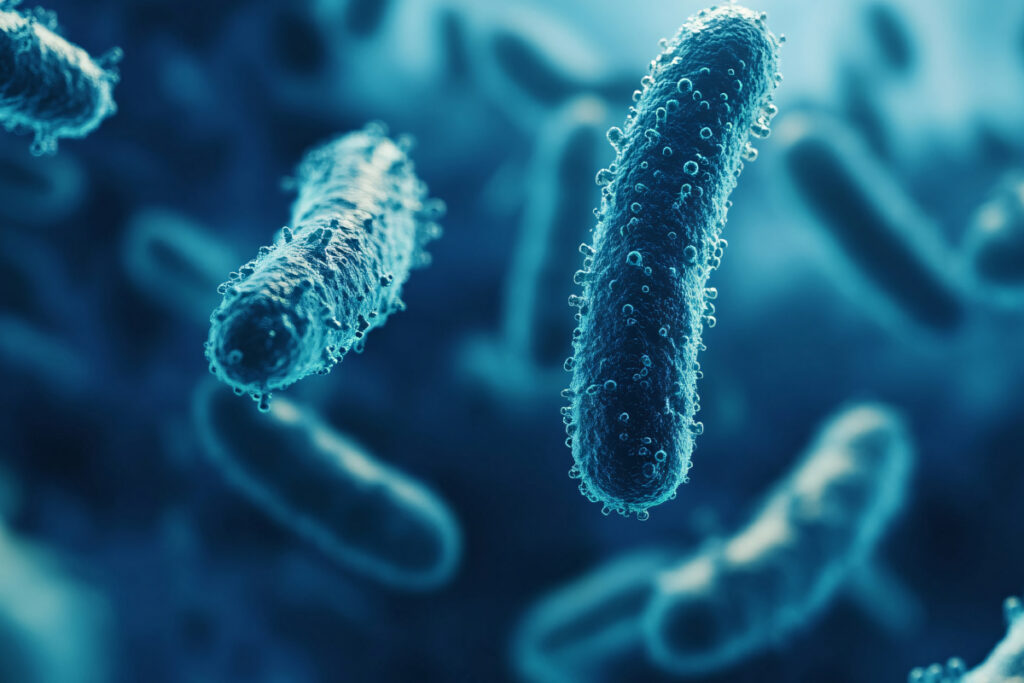Biocides
Biocides
In industrial water treatment, biocides—sometimes referred to as antimicrobial agents or microbicides—are essential for controlling biological activity within process systems. These chemicals are specifically formulated to suppress the growth of bacteria, algae, fungi, and other microorganisms that, if left unmanaged, can severely compromise system performance and integrity.
Uncontrolled microbial activity can result in several operational challenges.
- Biofouling occurs when microorganisms form biofilms on heat exchangers, pipelines, and equipment surfaces, restricting water flow and diminishing heat transfer efficiency.
- Microbially Induced Corrosion (MIC) presents another major concern, as certain bacteria accelerate localized corrosion, leading to premature equipment failure and high maintenance costs.
- Increased Pathogens , excessive microbial growth can elevate the risk of waterborne pathogens, creating potential health hazards for personnel and surrounding environments.
Hydroguards’s comprehensive biocide range offers a variety of options, including:
- Oxidizing and non-oxidizing biocides
- Broad-spectrum micro-biocides
- Antifoulants
- Bio Dispersants
- Penetrants
- Chlorine dioxide

Product Name-
Composition
Comments
Product Details
Bio Guard 35
Chlorine dioxide based biocide
Powerful oxidizing biocide for microbial and Legionella control in cooling systems
Bio Guard 11
Sodium hypochlorite based biocide
General-purpose oxidizing biocide for cooling water and process systems
Bio Guard 39
Bromine-chlorine blended biocide
High-efficiency oxidizer for high-temperature and alkaline cooling system
Bio Guard 41
Glutaraldehyde based biocide
Non-oxidizing bactericide and slime remover for cooling and wastewater systems
Bio Guard 19
DBNPA based fast acting biocide
Quick kill non-oxidizing biocide for cooling towers and RO pre-treatment systems
Bio Guard 45
THPS based biocide
Environmentally friendly non-oxidizing biocide for oilfield and industrial applications
Bio Guard 47
Isothiazolinone + glutaraldehyde blend
Dual-action non-oxidizing biocide for severe biofouling conditions
Bio Guard 49
Quaternary ammonium compound (QAC) blend
Non-oxidizing algaecide and slime control for cooling towers
Bio Guard 31
Biodispersant with polymeric surfactant
Slime control and deposit removal in open and closed recirculating systems
Bio Guard 36
Organic biodispersant and surfactant blend
Biofilm remover and scale control agent for cooling and heat exchanger systems
Bio Guard 31
Biodispersant based on non-ionic surfactants
Biodispersent
Bio Guard 33
Hydrocarbon dispersants for cooling systems
Biodispersent
Product Name-
Composition
Comments
Product Details
Bio Guard 35
Chlorine dioxide based biocide
Powerful oxidizing biocide for microbial and Legionella control in cooling systems
Bio Guard 11
Sodium hypochlorite based biocide
General-purpose oxidizing biocide for cooling water and process systems
Bio Guard 39
Bromine-chlorine blended biocide
High-efficiency oxidizer for high-temperature and alkaline cooling system
Bio Guard 41
Glutaraldehyde based biocide
Non-oxidizing bactericide and slime remover for cooling and wastewater systems
Bio Guard 19
DBNPA based fast acting biocide
Quick kill non-oxidizing biocide for cooling towers and RO pre-treatment systems
Bio Guard 45
THPS based biocide
Environmentally friendly non-oxidizing biocide for oilfield and industrial applications
Bio Guard 47
Isothiazolinone + glutaraldehyde blend
Dual-action non-oxidizing biocide for severe biofouling conditions
Bio Guard 49
Quaternary ammonium compound (QAC) blend
Non-oxidizing algaecide and slime control for cooling towers
Bio Guard 31
Biodispersant with polymeric surfactant
Slime control and deposit removal in open and closed recirculating systems
Bio Guard 36
Organic biodispersant and surfactant blend
Biofilm remover and scale control agent for cooling and heat exchanger systems
Bio Guard 31
Biodispersant based on non-ionic surfactants
Biodispersent
Bio Guard 33
Hydrocarbon dispersants for cooling systems
Biodispersent
FAQs
Microbial growth can form biofilms that decrease heat transfer efficiency, increase corrosion risk, and harbor harmful bacteria like Legionella. HydroGuard addresses this by using oxidizing and non-oxidizing biocides, combined with continuous monitoring and periodic shock dosing to control bacterial populations.
Excessive microbial activity can cause slime deposits, odors, and operational inefficiencies. HydroGuard uses targeted biocides and continuous monitoring to control microbial populations without disrupting beneficial bacteria in biological treatment units.
Fouling results from particulates, biofilms, and organic matter building on membranes. HydroGuard implements antiscalants, periodic cleaning, and biocide dosing to prevent fouling, maintaining consistent water flow and salt rejection.
Stagnant water, warm temperatures, and nutrient presence lead to biofilm formation. HydroGuard applies oxidizing and non-oxidizing biocides, combined with regular monitoring, to prevent fouling and ensure clean and efficient chiller operation.
Microbial contamination can form biofilms and contribute to corrosion under deposits. HydroGuard uses biocides and system monitoring to control microbial populations, complemented by proper water chemistry management to maintain safe operational conditions.
Ready to talk about water treatment?
Contact us
Please complete this form and we will be in touch
